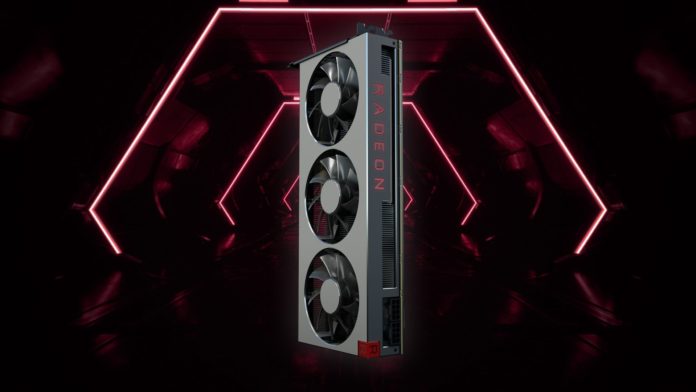The AMD Radeon VII launch at CES this year was met with a very luke-warm reception from gamers. The 7nm graphics card was launched for an asking price of $700 which put it right against the RTX 2080 from Nvidia. When the benchmarks revealed that the latter was slightly faster and came with the RTX exclusive features like Ray Tracing and DLSS, gamers had little reason to opt for AMD’s 7nm flagship. Furthermore, the supply shortages coupled with overpriced units at retail didn’t really help.
A recent finding has demonstrated that the Radeon VII manages to mine Ethereum at an insane 100MH/s. The testing was done by VoskCoin, all the details of which he explained in this video. For all the gamer folks out there, to put things into perspective, on stock profiles, the Vega 64 (loved by ETH miners) manages only 32MH/s and the mighty RTX 2080 Ti saturates at ~50MH/s.

VoskCoin explains in the video how he was able to optimize the Radeon VII to achieve 100MH/s. The thing to note here is that this AMD card simply crushes the $3000 Titan V which makes it the best mining card right now for $700. Some people would imply that a combo of 3x RX 570s could be had for around half the price of a Radeon VII and with optimization could reach a near similar hash rate. But in reality, 3 GPUs would consume a lot more power and resources than a single one and it is your choice on whether to pay the remaining $350 at once or in electricity bills over time.
Related:
- AMD Ryzen 3000 7nm Zen2 Processors Listed by Turkish Retailer
- AMD Might Launch more GPUs based on the Vega Architecture
AMD Ditching Gamers for Miners?
After the Radeon VII backlash, a lot of reviewers stressed over the unnecessary amount of video memory used in the Radeon VII. Taking into account the facts that HBM2 memory is extremely expensive and that most modern games would never make use of the whole 16GB, AMD could have easily used 12GB and called it a day. That would have reduced the cost of manufacturing by some extent and gaming performance would have been retained. AMD could have easily beat Nvidia’s RTX 2080. Why didn’t they do it then?
Some more research revealed that the Radeon VII was never actually a new GPU, AMD was recycling an older enterprise card called Radeon Instinct MI50. This explains why no non-reference designs of the Radeon VII were made by any board partner companies. Mostly because AMD itself had only a limited supply. The huge capacity and bandwidth of the HBM2 might not help in producing the most fps, but it does count for a major advantage when it comes to mining.
While the emphasis on mining by the Red team does raise doubt for gamers, there is enough reason to be excited about the upcoming Navi 10 GPUs which reportedly might just support hardware-level ray tracing and is expected to be priced very aggressively. As per leaks, the 7nm Navi graphics cards will be the same leveraged by the next-gen consoles and will be more focused on the PC gaming market.
Read more:
Buy an AMD Ryzen 5 2600 for $50 Less, Get the Divison 2 and World War Z Free



